|
Getting your Trinity Audio player ready...
|
How old is the Acropolis? The Acropolis Parthenon is an ancient citadel on a hill overlooking Athens. The Acropolis history goes back to 447BC, and the Parthenon, the imposing temple situated in the heart of the citadel, was dedicated to the goddess Athena. Until 2009 the Acropolis housed the Acroplis Museum, which is now a magnificent modern edifice in the city. The Parthenon later became a Christian church and then a mosque.
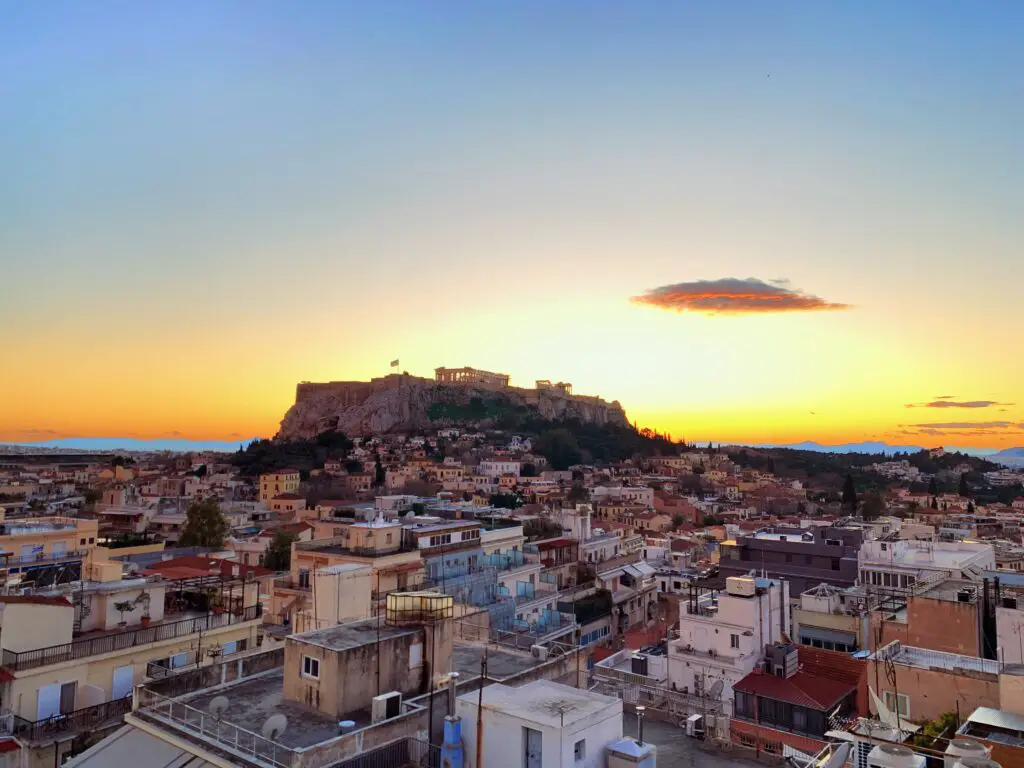
Like Angkor Wat, which was originally a Hindu temple and later adopted by Buddhists, buildings can be used for many purposes. I remember when the local railways were closed down in England, many of the old stations were used as homes. People converted small churches, barns and industrial lofts into beautiful homes too.
Stunning marble banking halls have been turned into sumptuous restaurants and nightclubs, derelict factories into warehouses, indoor sports clubs, gymnasiums and indoor markets. There is no end to the imagination of creative people. However we do it, we must preserve the best historical cities.
How old is the Acropolis? Its History in Brief
Overlooking the city of Athens, the Acropolis Parthenon is an ancient citadel on a rocky outcrop. Acropolis history goes back to 447BC, when they began building the Parthenon, the imposing temple situated in the heart of the citadel, dedicated to the goddess Athena.
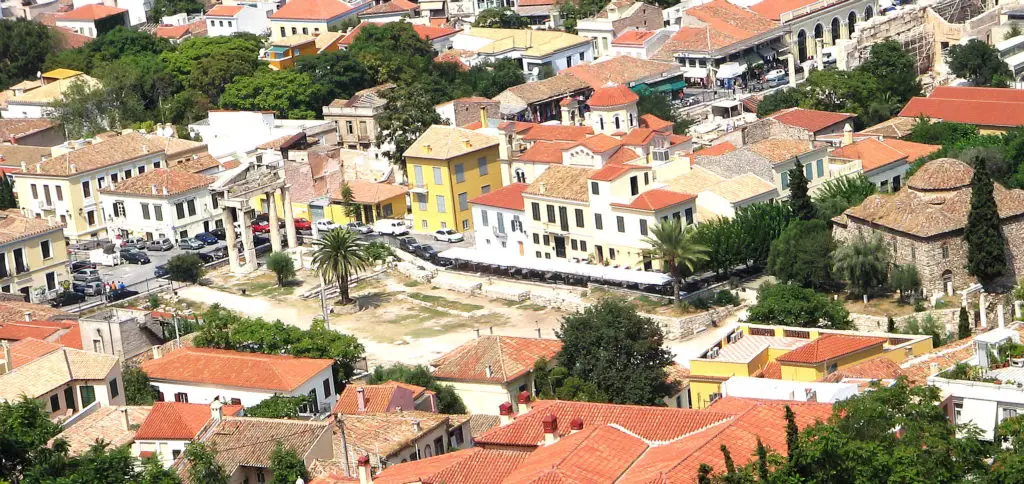
The rocky outcrop, 150 metres above sea level, has seen a lot in two thousand five-hundred years, from its vantage point overlooking Athens.
The Parthenon was damaged when explosives stored there were accidentally detonated in a skirmish in the seventeenth century.
Lord Elgin shipped marble carvings (the Elgin marbles, as they are known) from the Parthenon to England, early in the nineteenth century, some of which were lost at sea. The marbles were scattered across several European countries and despite the efforts of successive Greek governments, they have still not been returned.
The Acropolis site plan
INDEX
- Parthenon
- Old Temple of Athene
- Erechtheum
- Statue of Athena Promachus
- Propylaea
- Temple of Athena Nike
- Sanctuary of Aegeus
- Sanctuary of Artemis Brauronia
- Chalkotheke
- Pandroseion
- Arrephorion
- Altar of Athena
- Sanctuary of Zeus Polieus
- Sanctuary of Pandion
- Odeon of Herodes Atticus
- Stoa of Eumenes
- Sanctuary of Asclepius
- Theatre of Dionysus Eleuthereus
- Odeum of Pericles
- Temenos of Dionysus Eleuthereus
- Aglaureion

Site plan of the Acropolis at Athens showing the major archaeological remains
By Madmedea. – Own work, CC BY-SA 2.0,
A Lifelong Dream fulfilled
Ancient Greek architecture, which I studied as a schoolboy, captured my imagination. So, when I visited the Acropolis in 2005, it was the fulfilment of a lifelong dream. In my boyhood days, I imagined the Acropolis Parthenon was just a myth, like the Greek gods.
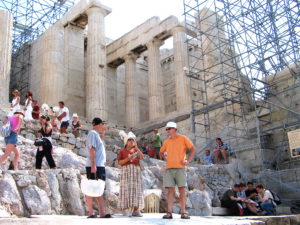
I never imagined I might one day walk between the gigantic columns and stand on the steps of the Parthenon. I was either half right or half wrong. But here I was, fifty years later, looking up at a spectacular man-made architectural creation. Its presence, above Athens, was intimidating yet comforting; the protector of the capital of a once great empire.
The Acropolis Parthenon is breath-taking
I trudged, leaking profusely, up the long winding walkway from city level to the Acropolis. As my legs ached and my pace slowed, I thought, this would have been tiring on a cool day. Climbing the steep steps that led up to the entrance portal, left me breathless momentarily. But my discomfort was soon replaced with awe, when I walked through the entrance, into the open area of the fortress, beyond. There was the mighty Parthenon, looking down on the City of Athens, from the pinnacle of the Acropolis.
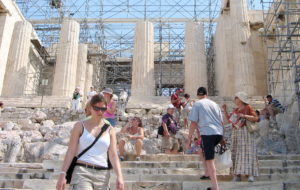
The erosion of time, tourism and weather had taken their toll, and areas closed to the public were getting larger. But even in the infinite process of restoration, the impression it left was just as I imagined it would be; indelible. It was simply breath-taking.
The Acropolis of Athens
The Athenian Acropolis is the supreme expression of the adaptation of architecture to a natural site. This grand composition of perfectly balanced massive structures creates a monumental landscape of unique beauty. It consists of a complete series of masterpieces of the 5th century BC. The monuments of the Acropolis have exerted an exceptional influence. Not only in Graeco-Roman antiquity, a time when in the Mediterranean world they were considered exemplary models, but in contemporary times as well.
Joshua J. Mark
published on 02 September 2009 – Ancient History Encyclopedia
The Acropolis Museum

I found the Acropolis Museum by accident as I walked away from the Parthenon. By this time I had prised myself away from the self-appointed tour guide who was sucking the fat from the wallets of unsuspecting tourists, wilting in the baking sun.
Exploring alone may have left me short on facts, but it has always been my preference. Once inside the museum I established it was home to thousands of relics gathered over centuries from the Acropolis.
Since my visit it has been closed and a new museum has been built on Makryianni Street near the theatre of Dionysos. It extends to 25,000 square metres, and is ten times bigger than its predecessor. I believe it is a magnificent building.
Final Thoughts
It was ten years before I had any serious interest in photography. But I clicked away, and my Canon Powershot camera did a decent job. I was oblivious to the fact that it wasn’t the camera that took the pictures. It was the man holding it who was responsible for what it produced.
Now I know better, so when I look at the results, I realise how lucky I was. I hope they do justice to what was one of the best experiences on my travels around the world.
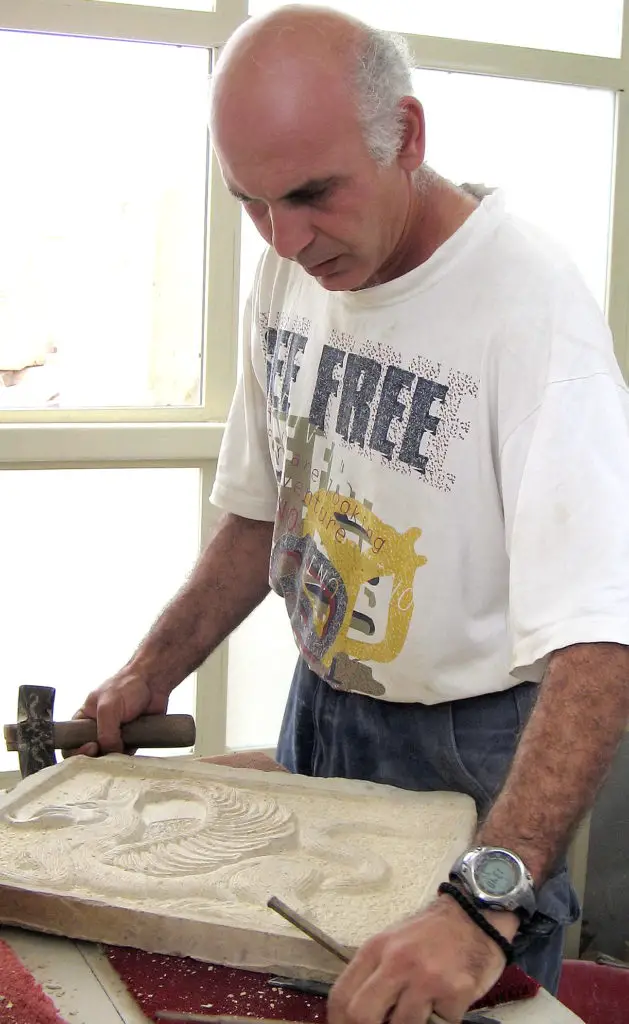
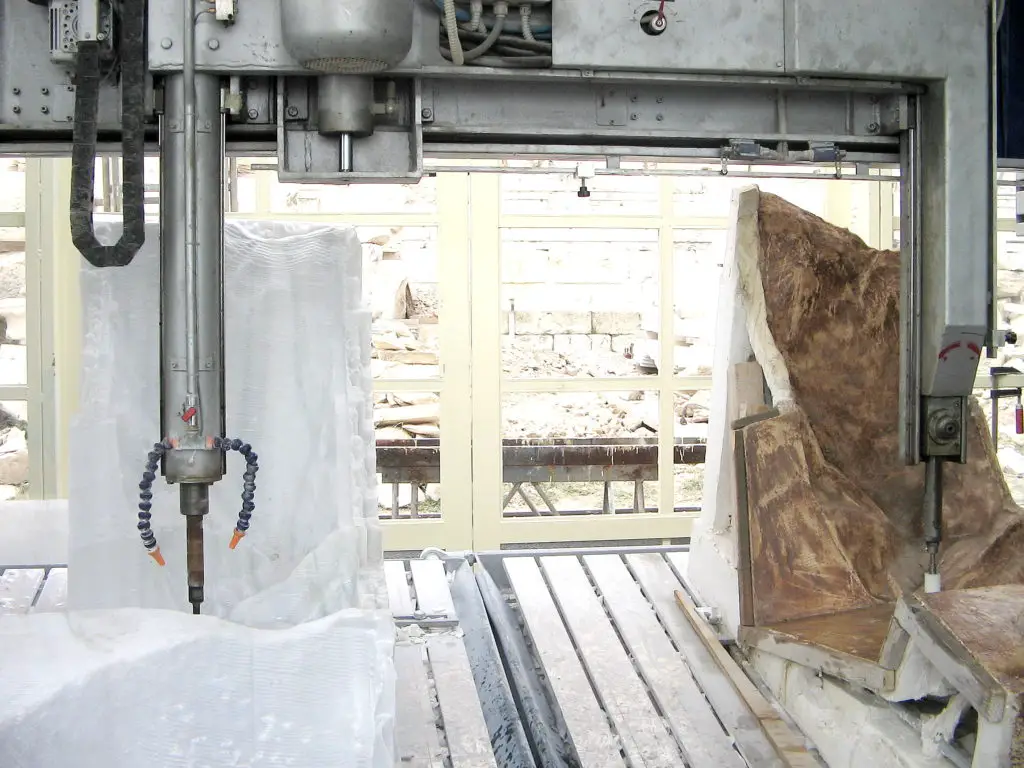
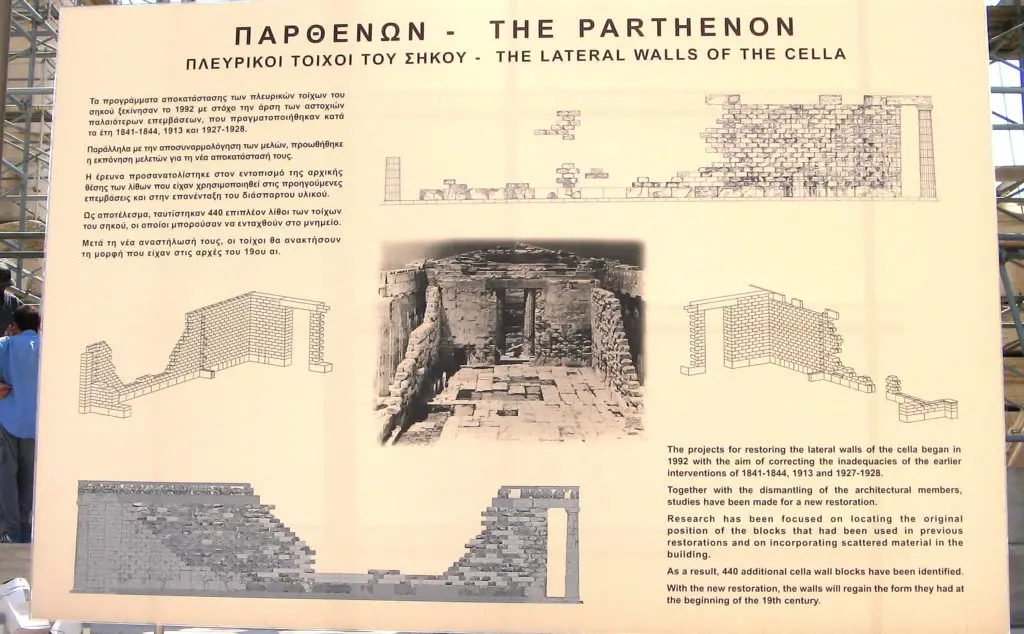

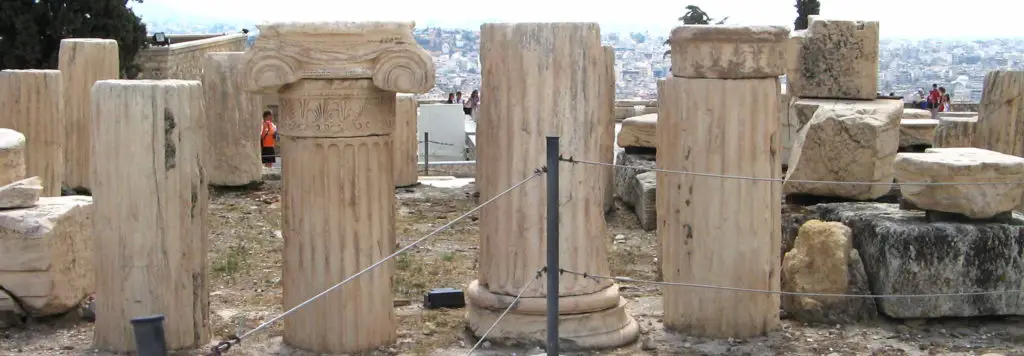
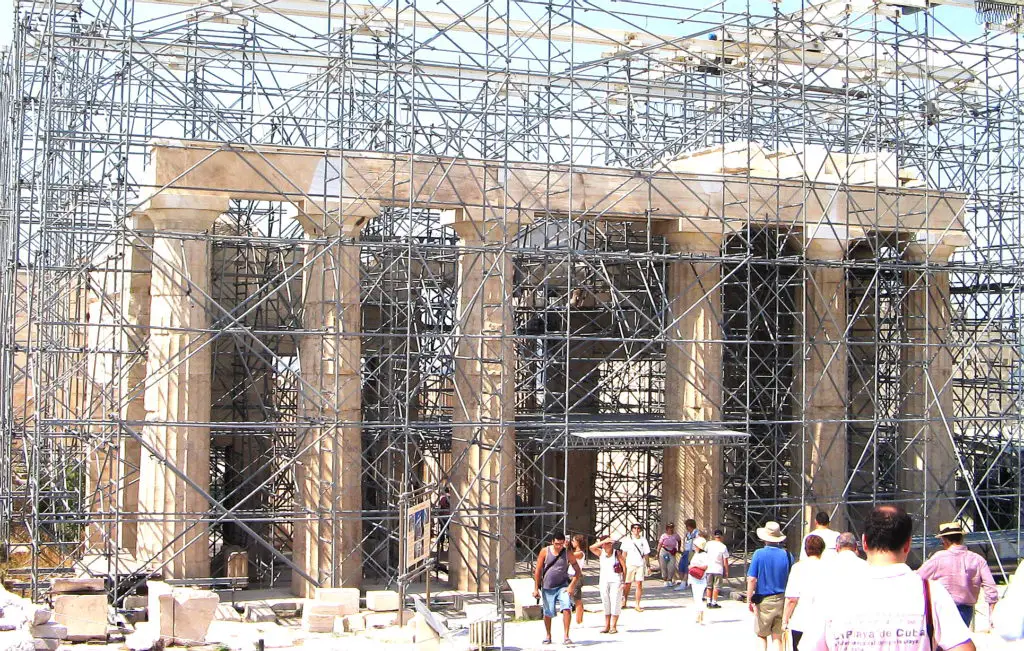
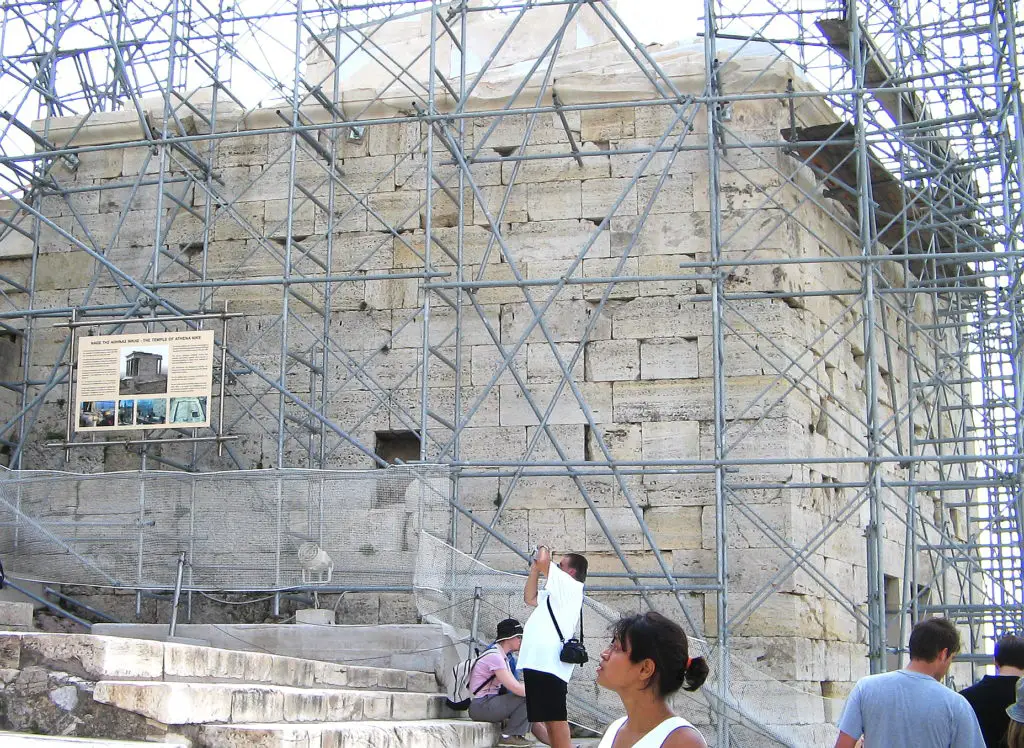
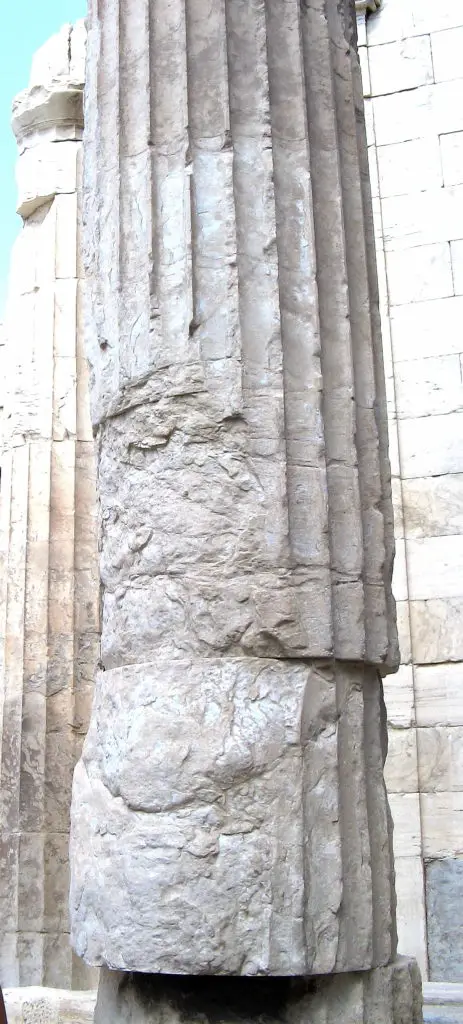
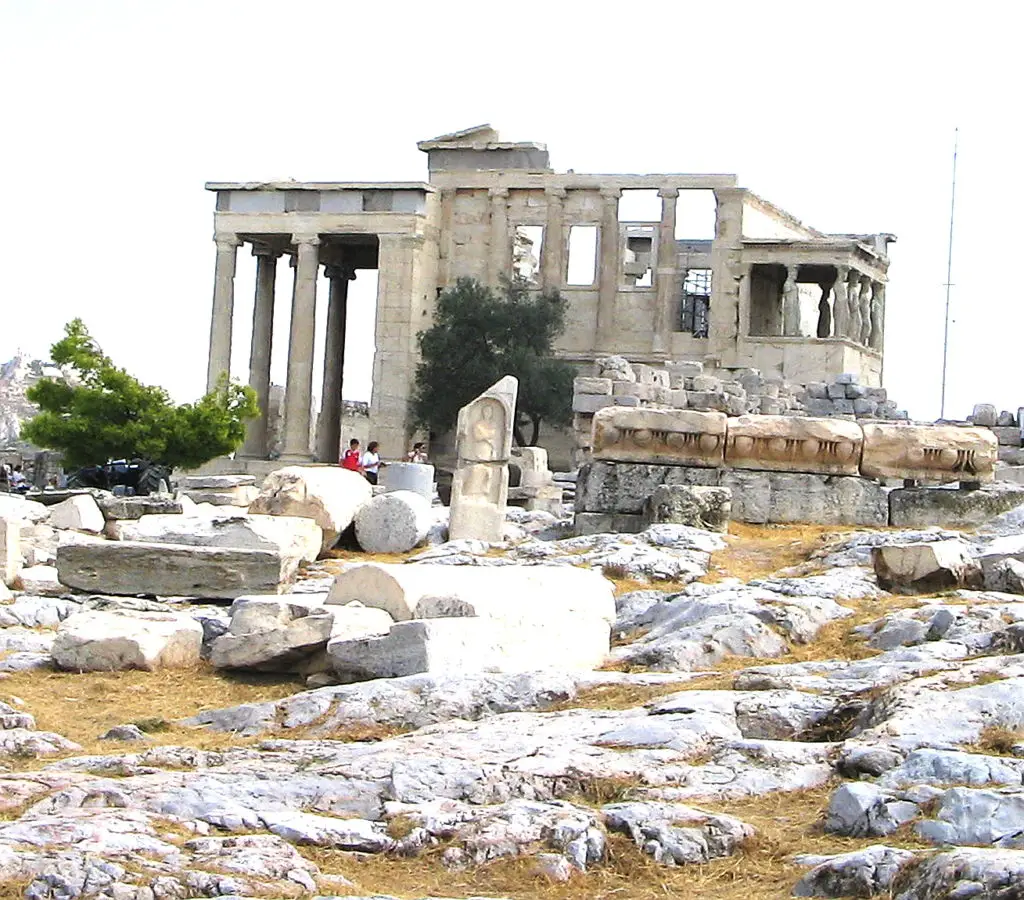
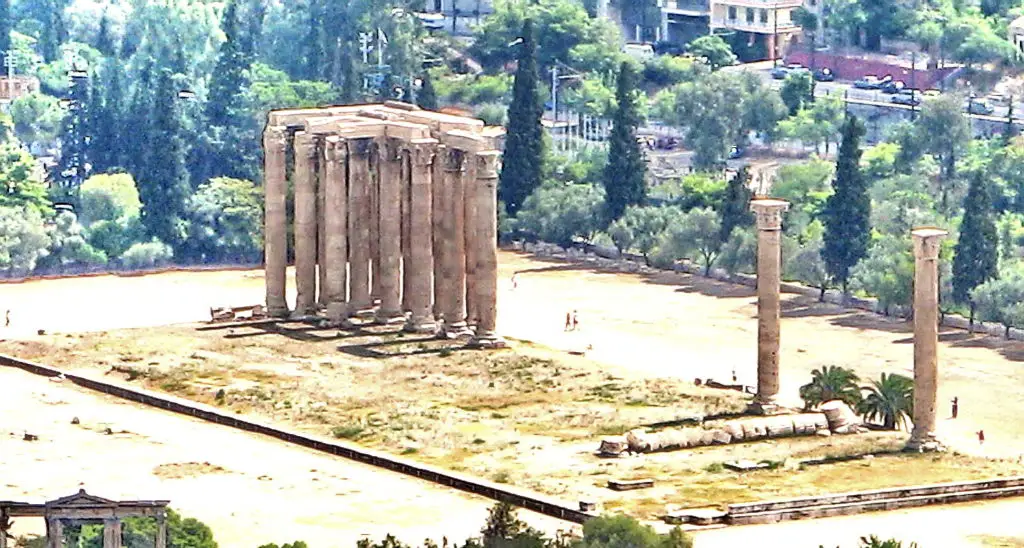
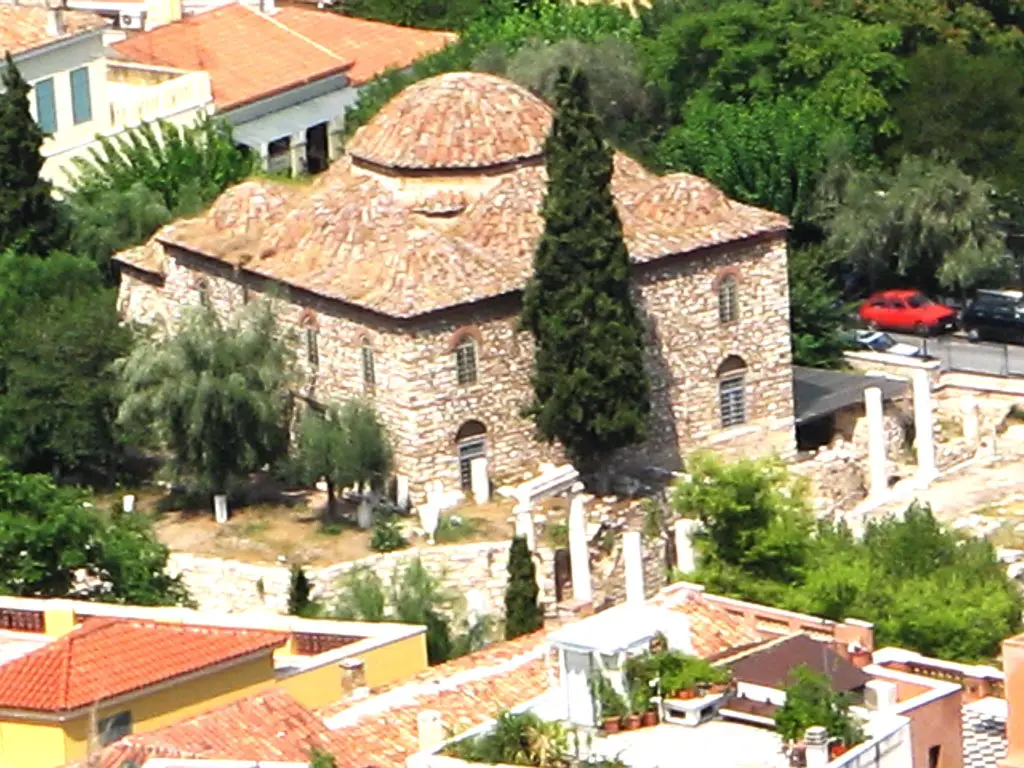
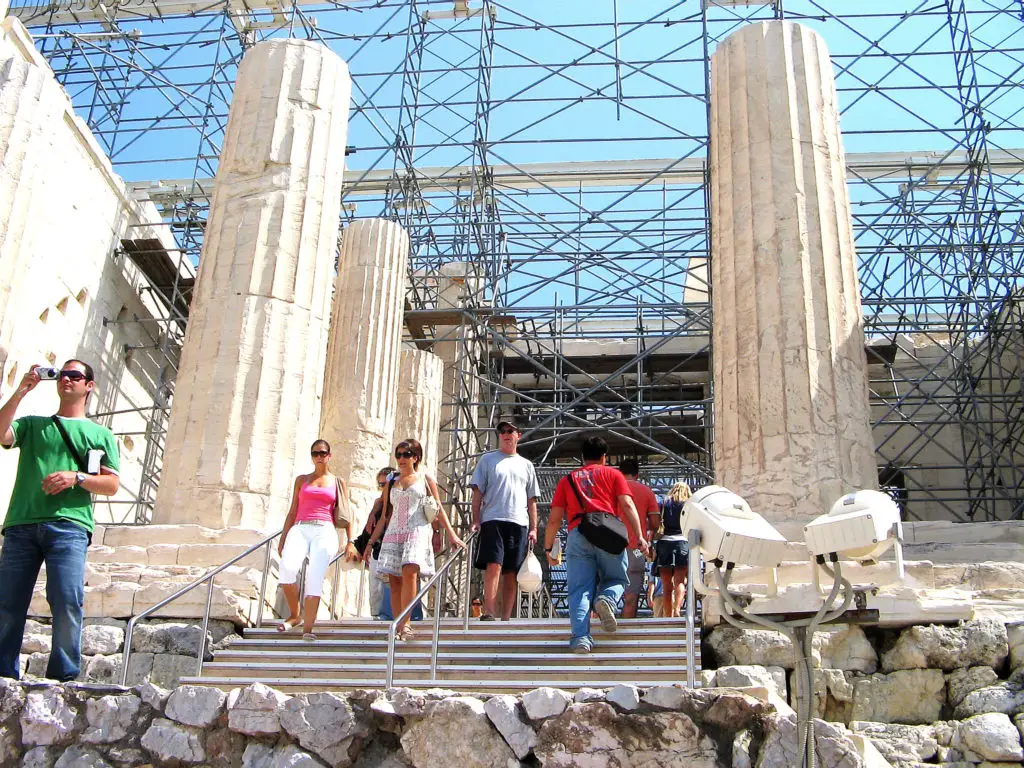

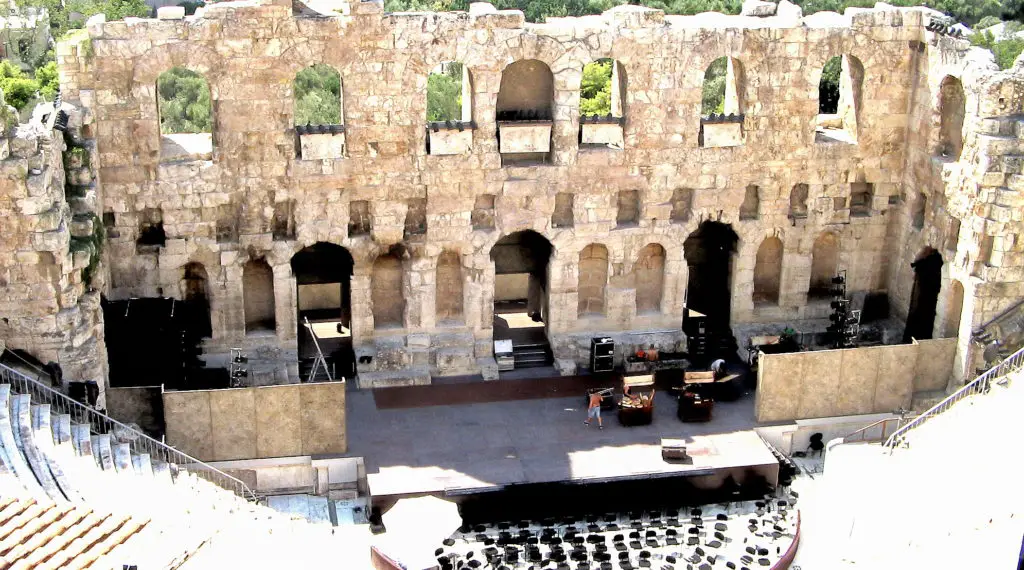
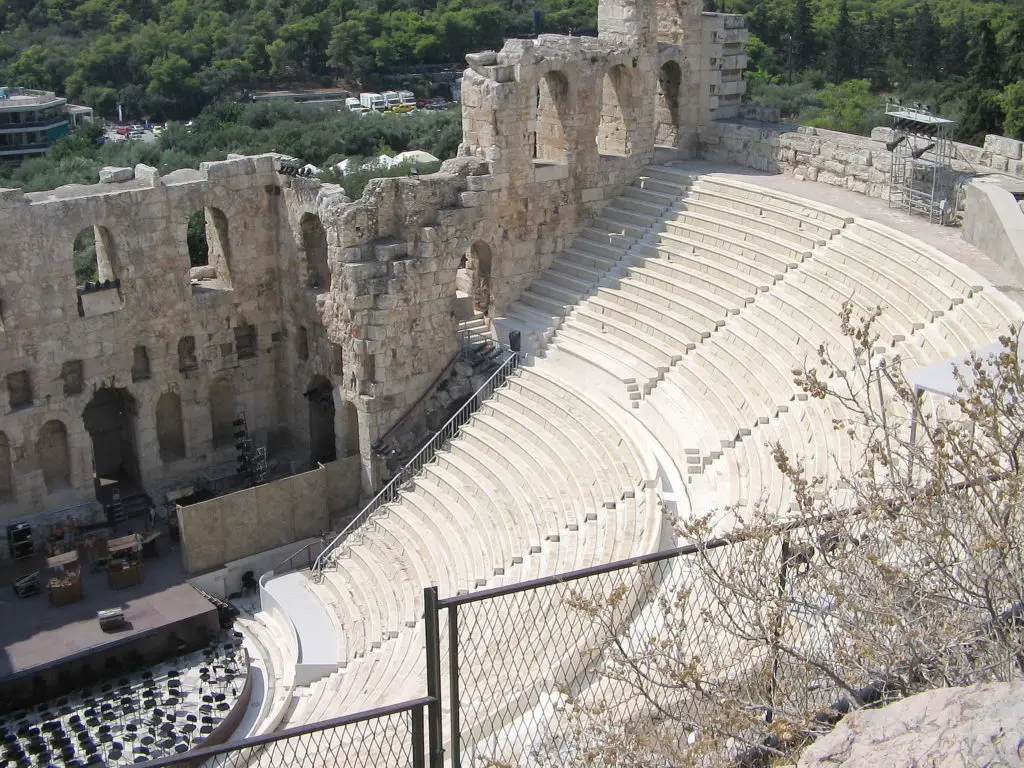



Thanks a lot. I am very happy you like it. Those photos were hot work!!
Reblogged this on CitraGran Cibubur.